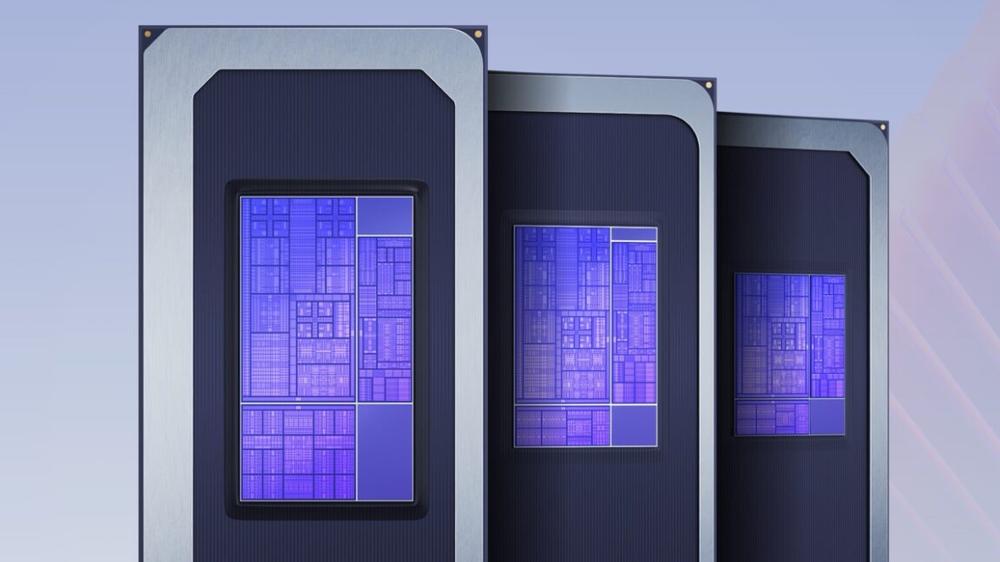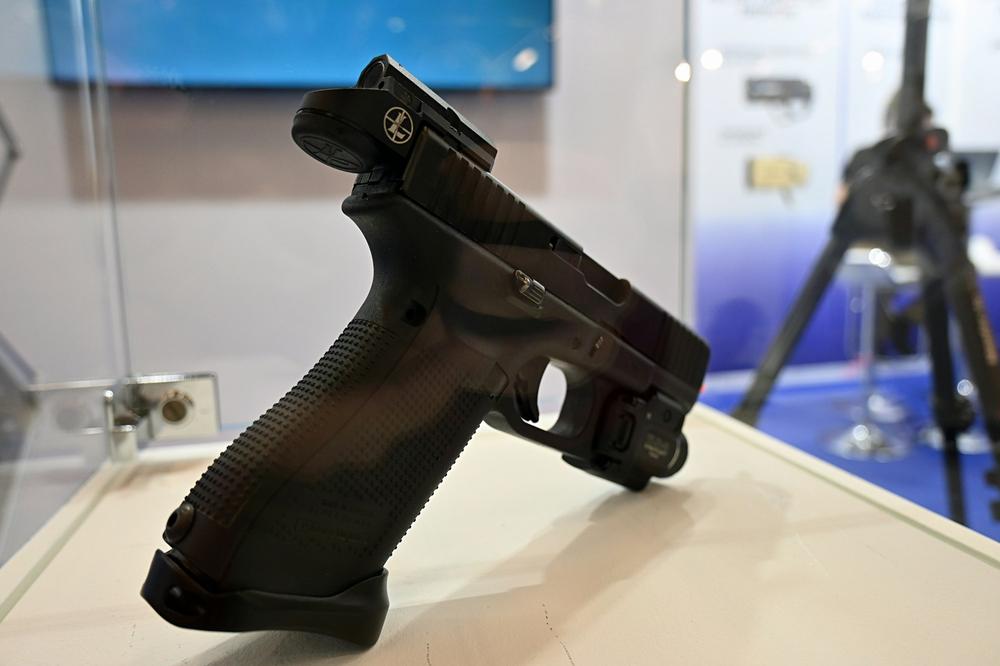They say there's no such thing as bad publicity, but the press that Intel has generated in the last year has certainly been testing the boundaries of the aphorism.
Is it good when your company posts an annual loss for the first time in almost 40 years? When you're doing multiple rounds of mass layoffs? When your board pushes your CEO into leaving, and starts arguing with the new CEO about major strategy decisions almost immediately? When you're either losing or failing to gain market share in areas critical to your bottom line? When you need to explain to the president why your CEO should keep his job, and then explain to investors the many possible downsides of a mercurial president deciding he wants a stake in your company?
I feel like the answer to these questions is "mostly no." Even Intel's recent investment from and partnership with Nvidia came with a tacit admission that Intel was mostly failing to make a dent in AI hardware and software and the gaming and workstation GPU markets. (Reports that Intel could start manufacturing chips for AMD would be good news, as bizarre as that arrangement would have been at any other point in the two companies' history with one another, but those talks could still fall apart.)
But before it was a company that primarily manufactured bad news, Intel was mainly known for making and selling computer processors. And Intel is hearkening back to that heritage today by taking the wraps off of a new series of chips, codenamed Panther Lake, that will form the basis of its next-generation Core Ultra laptop CPU lineup.
Intel says that systems with these chips in them should be shipping by the end of the year. In recent years, the company has launched a small handful of ultraportable-focused CPUs at the end of the year, and then followed that up with a more fully fleshed-out midrange and high-end lineup at CES in January—we'd expect Intel to stick to that basic approach here.
Panther Lake draws near
Intel's first Core Ultra chips, codenamed Meteor Lake, were introduced two years ago. There were three big changes that separated these from the 14th-generation Core CPUs and their predecessors: They were constructed of multiple silicon tiles, fused together into one with Intel's Foveros packaging technologies; some of those tiles were manufactured by TSMC rather than Intel; and they added a neural processing unit (NPU) that could be used for on-device machine learning and generative AI applications.
The second-generation Core Ultra chips continued to do all three of those things, but Intel pursued an odd bifurcated strategy that gave different Core Ultra 200-series processors significantly different capabilities.
The most interesting models, codenamed Lunar Lake (aka Core Ultra 200V), integrated the system RAM on the CPU package, which improved performance and power consumption while making them more expensive to buy and complicated to manufacture. These chips included Intel's most up-to-date Arc GPU architecture, codenamed Battlemage, plus an NPU that met the performance requirements for Microsoft's Copilot+ PC initiative.
But Core Ultra 200V chips were mostly used in high-end thin-and-light laptops. Lower-cost and higher-performance laptops got the other kind of Core Ultra 200 chip, codenamed Arrow Lake, which was a mishmash of old and new. The CPU cores used the same architecture as Lunar Lake, and there were usually more of them. But the GPU architecture was older and slower, and the NPU didn't meet the requirements for Copilot+. If Lunar Lake was all-new, Arrow Lake was mostly an updated CPU design fused to a tweaked version of the original Meteor Lake design (confused by all these lakes yet? Welcome to my world).
You'll still see multiple iterations of the new Panther Lake architecture, which will presumably come to market under the "Core Ultra 300" banner, but the chips will no longer use a hodgepodge of mixed-and-matched technologies. All Panther Lake chips are still assembled with Foveros; all Panther Lake chips get the same NPU capable of 50 trillion operations per second (TOPS), the same CPU and GPU architectures, the same media encoding and decoding capabilities, and external RAM (either soldered down or in SODIMM slots). The main difference is how many CPU and GPU cores you get, not what kind of cores you get.
Intel is introducing three distinct Panther Lake chips, all using the same package design.
Each of these three chips is tailored toward a different kind of laptop. The 8-core version will clearly be the mainstream workhorse chip for most midrange Ultrabooks. The 16-core version's extra PCI Express lanes mean we'll probably see it the most frequently in bulkier workstations and gaming laptops with external GPUs. And the 16-core 12Xe version is aimed at high-end thin-and-lights without dedicated GPUs (it will also require soldered-down LPDDR5X, runs at faster speeds, and will maximize the larger integrated GPU's performance).
Intel is sticking to broad and high-level performance comparisons for its new "Cougar Cove" P-core and "Darkmont" E-core architectures and the new Xe3 GPU architecture—the company will probably get more specific when it's actually announcing the specific products, rather than the architecture. But Intel claims we can expect up to a 10 percent improvement in single-core CPU performance compared to Lunar Lake, and up to 50 percent better multi-core CPU performance compared to both Lunar Lake and Arrow Lake. The GPU is said to be roughly 50 percent faster. And Intel says the chip consumes 10 percent less power than Lunar Lake, and 40 percent less power than Arrow Lake.
On the manufacturing side, Intel has returned to make many of the components of Panther Lake in-house, but as with Meteor/Lunar/Arrow Lake, TSMC is still handling some of the silicon tiles.
Each of these chips uses a total of three functional tiles, not counting the Foveros base tile that binds them together or the "filler tile" that makes them rectangular.
- The compute tile houses all the CPU cores, the NPU, and the media engine and is built on the new Intel 18A process.
- The platform controller tile that handles most I/O, including PCI Express and USB, is still built at TSMC.
- The four-core version of the graphics tile is made using the Intel 3 process (mostly unused in consumer chips, though Intel does use it for server processors). The 12-core version of the GPU tile is still being outsourced to TSMC.
Assuming Intel's performance figures all work out in the real world, early indicators suggest that Panther Lake should be something of a return to form. In older generations, Intel used consistent CPU and GPU architectures all up and down its desktop and laptop lineups, ensuring that chips had similar capabilities even though they targeted much different power and performance levels. Panther Lake returns to something approximating that level of simplicity, and as such requires a whole lot less explaining than the Lunar/Arrow Lake split did.
One thing that remains to be seen is how Intel scales some version of this architecture up to the desktop, where the company has (in the words of CFO David Zinsner) "fumbled the football" in recent generations. That's not what Panther Lake is about, but hopefully we'll see these CPU, GPU, and NPU cores remixed into a compelling high-end desktop chip sooner rather than later.

 Nuova Audi A2 e-tron 2026, sarà così la nuova compatta elettrica? Un render si immagina le sue forme
Nuova Audi A2 e-tron 2026, sarà così la nuova compatta elettrica? Un render si immagina le sue forme